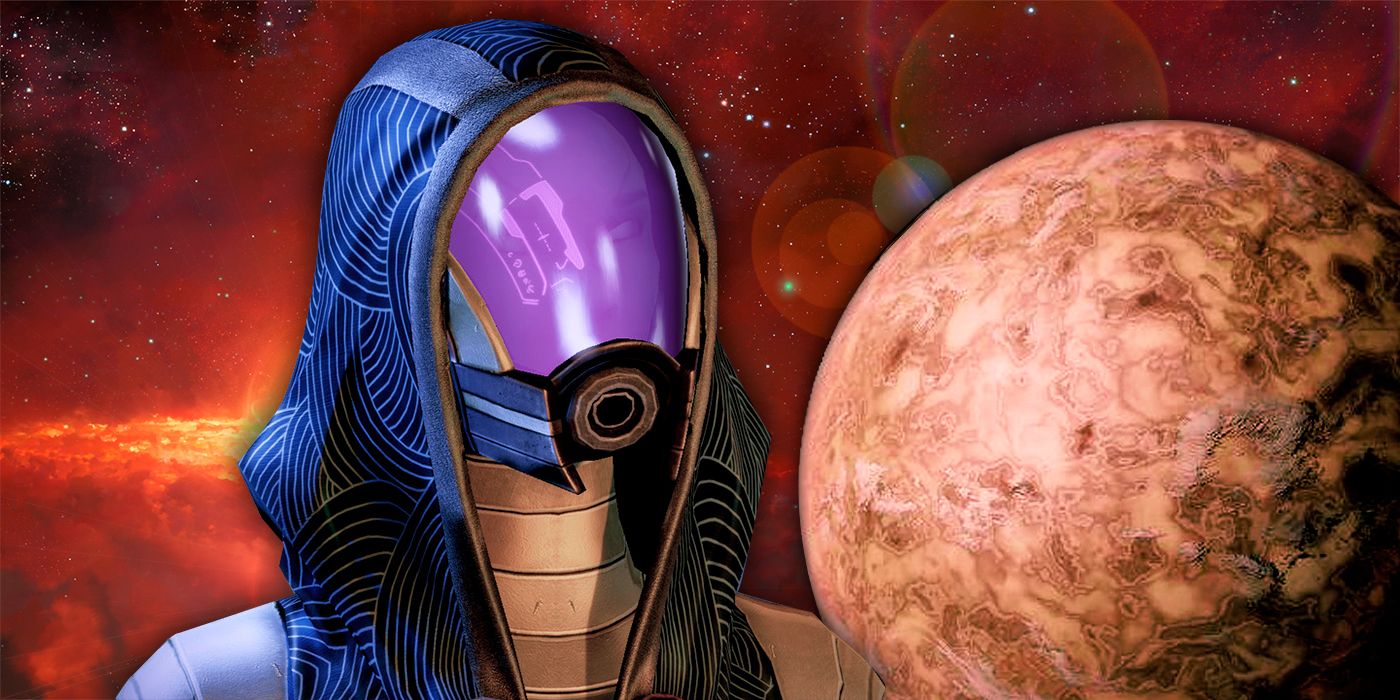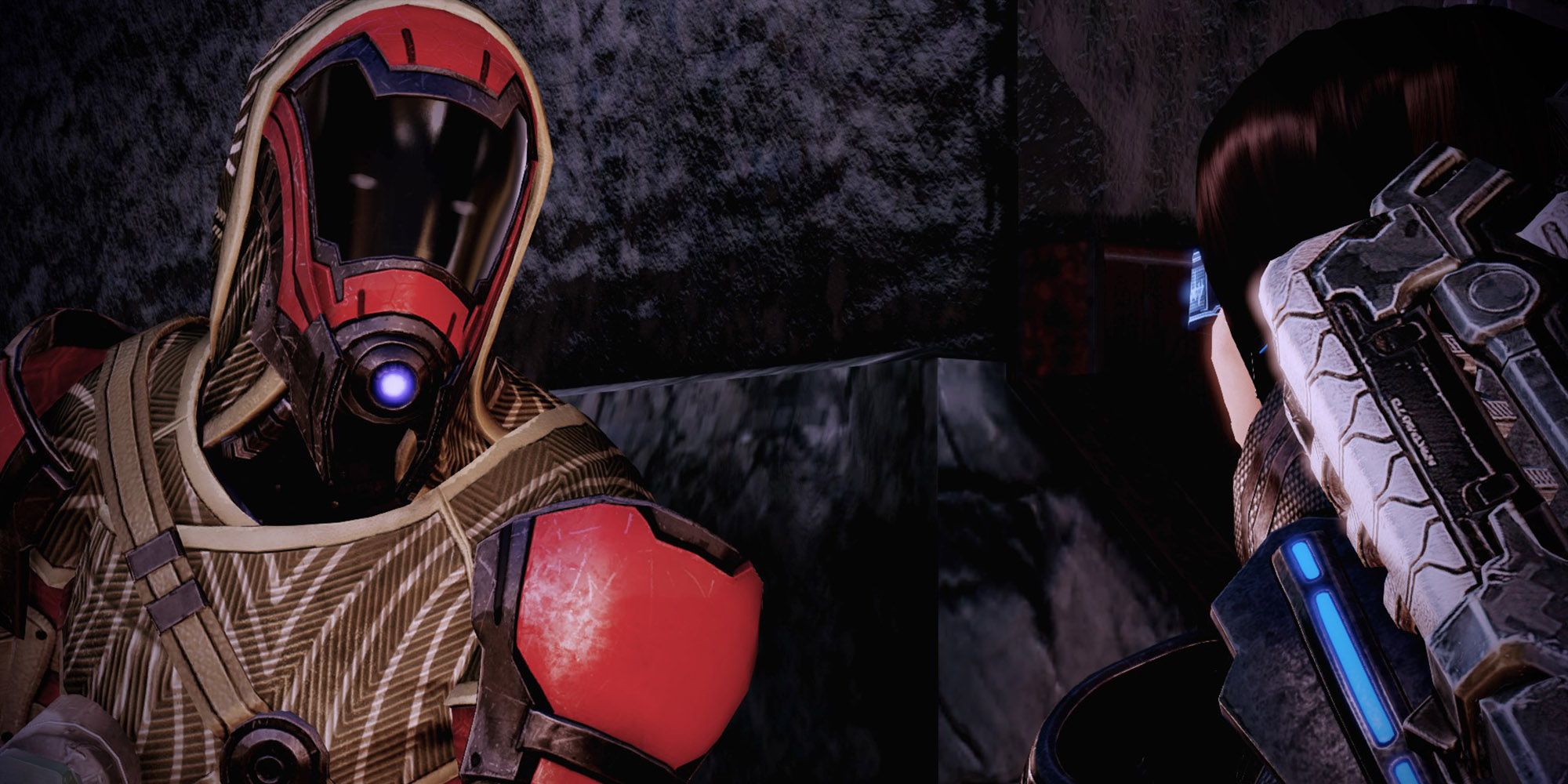
Haestrom is the planet where Shepard recruits Tali to stop the Collectors in Mass Effect 2. The Quarians ventured into dangerous Geth space to investigate the sun in this system, and if you made certain choices, it leads to some interesting information. It seemed to have quite a bit of lore, and there were plans for Haestrom. However, those plans ultimately got dropped, changing the trajectory of the Mass Effect plotline and affected the series ending.
When recruiting Tali, Shepard lands on Haestrom and is informed of the harshness of the sun because of its late-stage life. As they find Quarians and information about Tali and her team, Shepard discovers they're here to actually investigate the sun, Dholen. It's aging rapidly, much more than it should be, and they're determined to find the cause as it could mean disaster if the Geth have technology or know-how to blow up stars.

During the mission, Shepard encounters the last remaining Quarian squad member, Kal'Reegar, and Shepard has the option to save them. If they do, they'll later encounter him during Tali's loyalty mission, and he'll have some interesting information about the mission. Dholen is rapidly aging and dying unnaturally because of abnormally large amounts of dark energy in the system, causing its core to shrink. Some of the Quarians worry it may be caused by the Geth; however, some, including Tali, are skeptical about this theory because of the resources and technology required to pull it off. On top of this, it's unlikely the Geth have a reason for doing this and only arrived around the same time the Quarians originally did in the system. This bit of lore never goes answered even though it seems like a piece of important information, especially when Tali mentions it could have terrible consequences for resources as it would destroy whole systems. The reason this was never brought up again is that it got canned in the writer's room. It was originally meant to tie into one idea for the trilogy's ending.
As stated by Sovereign in ME1, Reapers were meant to be nations of whole races come together with synthetics, and the Reapers' goal was to stop the spread of Dark Energy, which was a force of natural destruction in the universe. Humans were meant to have some kind of special genetics that could stop it. The final choice at the end of ME3 was going to be to stop the Reapers and hope the galaxy could find its own way to stop the Dark Energy from spreading or sacrifice humanity to use their genetic material and end it once and for all, saving the universe's future. It makes the human Reaper at the end of ME2 make a lot more sense, but it also would have been a flimsy storyline, with "space magic" having established a lot of technological and science-based lore.
Of course, this idea was scrapped. However, fans didn't like the ending we got either. Some blamed it on Drew Karpyshyn, who wrote Mass Effect but quit partway through writing Mass Effect 2, but this wasn't the case. Karpyshyn has stated both were ideas he had for the ending back when the whole thing was controversial. Either way, things would have taken a strange turn, but it would have been nice to at least get some more lore out of Haestrom's sun.
0 Comments